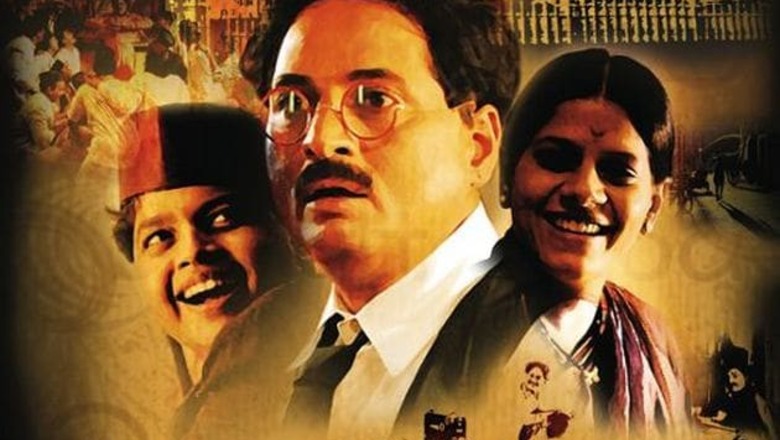
views
Bollywood may be the buzz word for the Indian film industry, but bolder themes and corporate funding are signalling a rebirth for regional cinema in the country.
The Mumbai film industry, home to Bollywood, had been the face of commercial Indian cinema for several decades, relegating non-Hindi films to the sidelines. Not any more. Films made in Marathi, Punjabi and Bengali languages are increasingly wooing mainstream audiences, aided by funding from studios rushing to cash in on untapped markets.
"Yes, budgets have gone up, and so has the way that our films are marketed and promoted, because a corporate studio has that much more power, which in turn brings in more audiences," says Mahesh Manjrekar, a former Bollywood filmmaker who now directs Marathi films.
Manjrekar's latest film, about the plight of mill workers in Mumbai, was made at a budget of 60 million rupees (1.35 million USD), an amount unheard of for a regional film. It opened in cinemas last week.
"I think regional cinema now has the money, and it also has much bolder themes, many more people willing to experiment," said Manjrekar, who also had a small part in Danny Boyle's Oscar-winning Slumdog Millionaire.
Increased multiplex penetration, organised funding, digitisation of single-screen theatres and an improvement in production quality are some key factors that could drive growth in regional cinema, consultancy KPMG noted in a recent report.
"Over the last few years, the share of Hindi films to the overall films certified has declined," and the regional film industry "stands at the threshold" of an opportunity to convert its increasing recognition into higher revenues and acceptance. Experts say with the right marketing and content, mainstream audiences would be drawn towards regional cinema, which is estimated to be a billion dollar industry.
Corporate studios like Eros International and the Anil Ambani-owned Reliance Big Pictures are looking to capture this market, especially in southern India where local film stars rival Bollywood actors in popularity.
"Of course, we want to concentrate on the south, but we have found that even films in other languages, if marketed and presented well, do form a very viable opportunity," says Mahesh Ramanathan of Reliance Big Pictures, which has more than five regional films on its slate this year.
Bolstered by this new found confidence and bigger budgets, many filmmakers are experimenting with newer themes. Some of these projects are drawing rave reviews and even being screened at film festivals globally.
India's entry to this year's Academy Awards in the Best Foreign Language Film category was a little known Marathi film Harishchandrachi Factory about the making of the first Indian movie in the early 20th century. The film was picked by UTV Motion Pictures, one of the country's biggest production houses, for distribution and was a box-office success.
But trade analysts warn it may be premature to celebrate the revival of regional cinema. "South Indian films are the only ones which can make a substantial profit so far, mainly owing to the huge star power that their actors enjoy," said Vajir Singh, executive editor at Box Office India magazine. "The rest are still catching up but due to the rise in the number of regional channels and single- screen theatres showing regional films, avenues for monetisation are far more than they were before," he added.




















Comments
0 comment